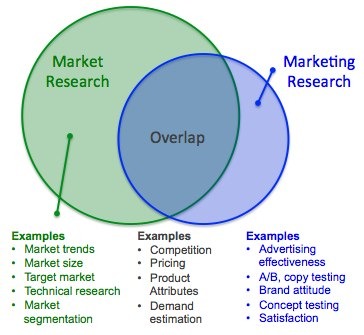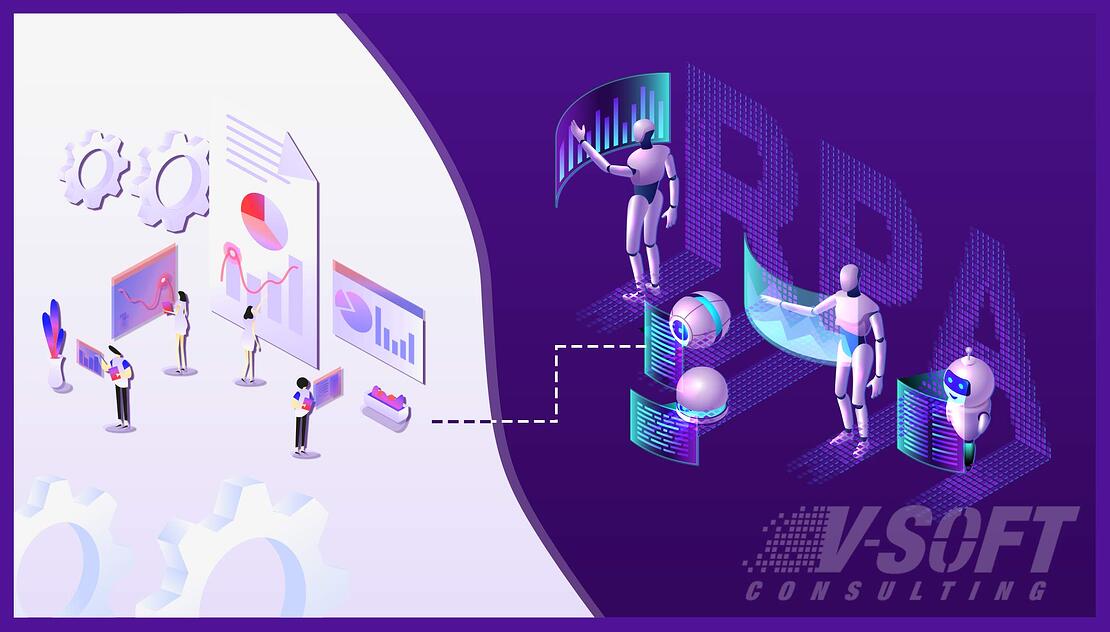
If you are looking for a way to improve your organization's cyber security, you can opt for a cyber security training. Although these trainings have become more common, many are still confused about what they can expect. Here are some topics that are common to executive cyber security courses. The cost of these trainings depends on the content and their level. These trainings can be costly, but you need to consider the potential benefits and drawbacks.
Cost of Cyber Security Trainings
Bromium has found that cybersecurity education is a top priority for large organizations. They spend an average of $290,000. This is seven hours on average per employee. It was also found that IT, human resource, and legal employees spend an average of 276 hours each year organizing training programs. While these numbers might seem high, they are not. Security trainings are actually much cheaper than they seem.

Cyber security training courses cost anywhere from $200 to $1,000. Some programs are self-study, while others can be taken in a classroom setting. Both options include hands-on exercises. A certificate of completion has higher value than an associate's degree. The cost of a certificate of completion may be worthwhile if you're serious about a career as a cyber security professional. You may need this training throughout your career. It's up to you whether you decide to spend a few thousands or a few dozen dollars.
Cyber security trainings often cover the same topics.
There are many types of cyber security threats, and phishing emails have risen in recent years. These attacks could cause companies to lose data and money, and make them easy targets. Phishing awareness training educates employees about how to protect themselves. A second important topic is to talk about the dangers associated with using removable media, like USB drives. Disposable media could be filled with malware. It's important that employees understand how to report phishing and other malicious activity.
Employees could be vulnerable to social-engineering scams. Sessions on how to spot and stop social engineering attacks are also beneficial. Training should also cover mobile security. Many companies that allow employees access to their devices from work can expose them to a range of risks. This is why mobile security training should also be provided.
Cyber security training for executives: Cost
You have many options to get the training you want, but the most important factor is the price. Executive cyber security training can range anywhere from $2,475 to $3,395 for two-week programs. The price is largely determined by the quality of instruction, access to hands-on labs, and other components. Higher-priced programs often result in more valuable credentials like a certificate or college diploma.

The Cybersecurity Awareness Course offers a great option for those who want to foster a culture in cybersecurity. During the six-week program, participants gain a basic understanding of cybersecurity and how to effectively communicate with technology leaders. Although the course is quite expensive, the benefits of it are many. It is designed to help executives transform their careers, and increase their security. An online school provides this training. It offers both part-time as well as full-time classes.
FAQ
How long is a Cyber Security Course?
Cybersecurity training courses typically last between six and 12 weeks, depending on how much time you have available for study. If you are looking at a short-term course, then you may want to consider an online option such as the University of East London's Cyber Security Certificate Program, which meets three times per week over four consecutive weeks. If you have several months to spare, why not enroll in the full-time immersive program? This program includes lectures in class, assignments, and group discussion. These are all meant to give you a deep understanding of cybersecurity. It is easy to budget because the tuition fee covers accommodation, meals, textbooks, IT equipment, and transportation. The course teaches students the fundamentals of cybersecurity. Students also learn practical skills, such as network forensics and ethical hacking. They are also issued a certificate after completion. The program helps students get started in cybersecurity careers and has helped hundreds of them secure employment in the field after graduation.
The best thing about a shorter course? It can be completed in less than two years. If you are interested in long-term training, you will likely need to work harder. Of course, you will spend most of your time studying, but you will also have to attend regular classes. You will be able to cover topics such as vulnerability assessment, digital forensics, encryption, malware and mobile device management. But if you decide to go down this route, remember that you will need to dedicate up to six hours each day to your studies. It is also important to show up for scheduled meetings. These can be held in person or online using platforms like Skype, Google Hangouts, and other similar tools. These may be mandatory depending on where you live.
The length of your program will vary depending on whether it's a full time or part-time one. Part-time programs typically last for less time, so you may not see all of the curriculum. Full-time programs will require more intensive instruction so you might see less over the course of several semesters. Whichever way you go, make sure that your chosen course offers flexible scheduling options so that you can fit it into your busy schedule.
Which IT job is the most rewarding?
Your priorities regarding money, job security and flexibility will determine the best career path for you.
If you want to move around a lot while still getting paid well, then consider becoming an information technology consultant. You'll probably need at least two years of experience as an entry-level employee. You will also need to pass CompTIA A+ or its equivalent and Cisco Networking Academy exams.
You can also become an application developer. This position might not be open to you if your career is just beginning in Information Technology. It is possible to achieve it if one works hard.
You may also want to consider becoming a web designer. This is another popular career option. Many people believe they could learn how to make it online. However, web design requires lots of practice and training. It takes several months to learn everything there is to know about web page creation.
Another reason people choose this career is the great job security. If a company closes its branch offices, it doesn't mean that you have to worry about being laid off.
What are the downsides of this? Strong computer skills are a must. Second, expect to work long hours for low pay. You may find yourself doing work that you don't like.
What are the Essentials of Learning Information Technology Technology
Learn the basics of Microsoft Office (Word Excel, PowerPoint) and Google Apps to help you manage your business, such as Gmail Drive Sheets, Sheets, Drive and Sheets. You also need to know how to create basic websites with WordPress and how to make social media pages on Facebook, Twitter, Instagram, Pinterest, and YouTube.
Basic knowledge of HTML, CSS and Photoshop is required. You should also be able to code and keep up with the latest developments in the industry.
Java, Objective-C, Swift and Android Studio are all necessary to develop mobile apps. Git, Git, GitHub and Git are also important. If you want to become a UI/UX designer, you need to be familiar with Adobe Creative Suite and Sketch.
These topics are great if you already know them! It will really boost your chances of getting hired. You don't need to be an expert in the field. To keep up-to-date information, you could always return to school.
Technology is always changing, so stay on top of the latest trends and news in this constantly-evolving world.
Statistics
- The number of IT certifications available on the job market is growing rapidly. According to an analysis conducted by CertifyIT, there were more than 2,000 different IT certifications available in 2017,
- The top five countries providing the most IT professionals are the United States, India, Canada, Saudi Arabia, and the UK (itnews.co.uk).
- The global IoT market is expected to reach a value of USD 1,386.06 billion by 2026 from USD 761.4 billion in 2020 at a CAGR of 10.53% during the period 2021-2026 (globenewswire.com).
- The top five countries contributing to the growth of the global IT industry are China, India, Japan, South Korea, and Germany (comptia.com).
- The IT occupation with the highest annual median salary is that of computer and information research scientists at $122,840, followed by computer network architects ($112,690), software developers ($107,510), information security analysts ($99,730), and database administrators ($93,750) (bls.gov).
- The top five regions contributing to the growth of IT professionals are North America, Western Europe, APJ, MEA, and Central/Eastern Europe (cee.com).
External Links
How To
Can I teach myself information technology skills online?
You don't have to be an expert - simply learn the basics. Most people who want the career of a techie don't know any technical terms. They just assume that they'll be able to learn things as they go. It's better not to learn everything at once, but instead start by learning as much as you can.
By doing this, you learn by doing and not reading. This allows you to focus on the things you want and not on details.
It is possible that you won't be able to finish your first course due to the amount of detail you have. Don't worry about this. You can continue until you complete the course. After that, move on.
Another important thing to remember when learning is to practice. This means that you need to practice until you get it right. You won't be able focus on other things if you spend hours learning one part of a program. You should try different programs to see which one suits you the best.
Make sure you are using the software for real tasks like data entry and filing. Use real-world examples to help you apply what you learn. They help you understand the why and what you are doing.
If you can afford it, make sure to buy at least one good book. Many books will be written especially for beginners. You'll have all the background information you need without having to go through unnecessary details.
If you're teaching yourself, you might find it helpful to set goals for yourself, such as "by the end of the year, I want to have completed" a specific task. Setting small, achievable goals will help you feel more motivated to continue. If you accomplish those targets, it will make you feel proud and fulfilled.
Don't forget, you don't need to be old to learn. Keep trying until you succeed.